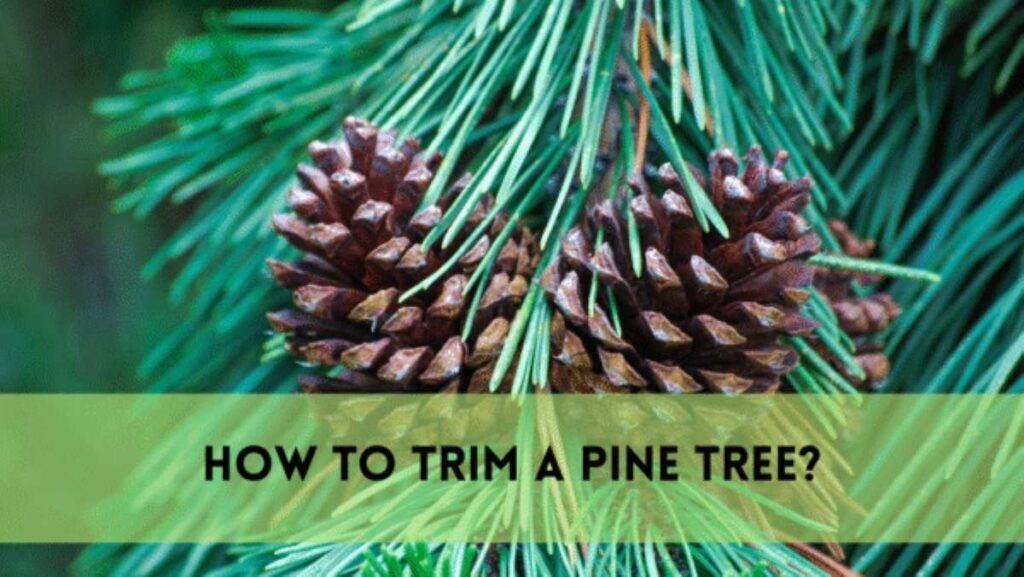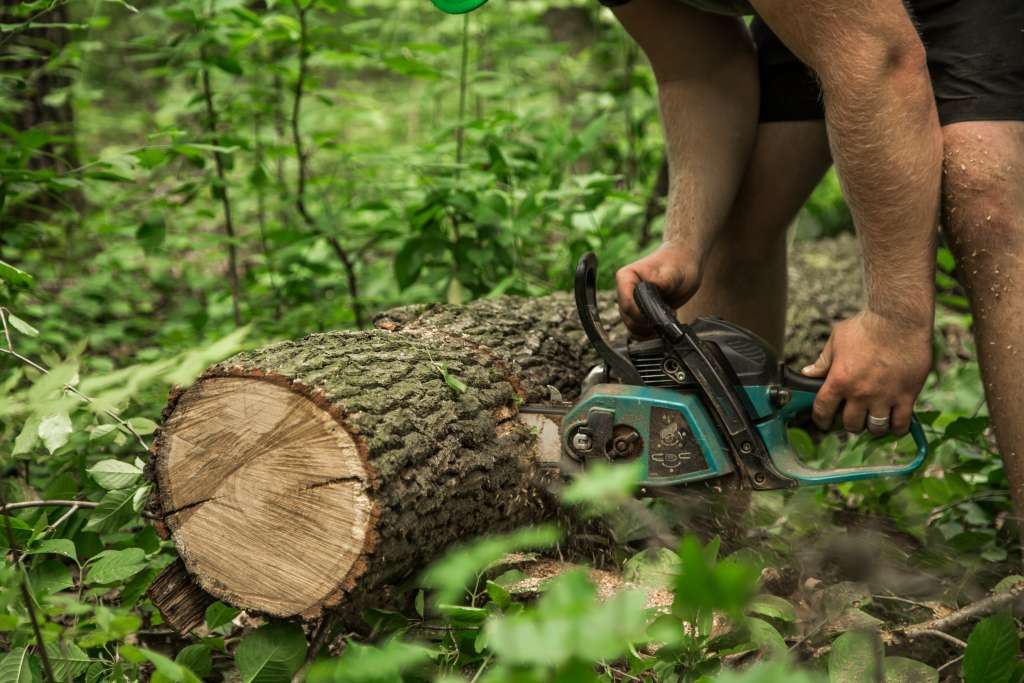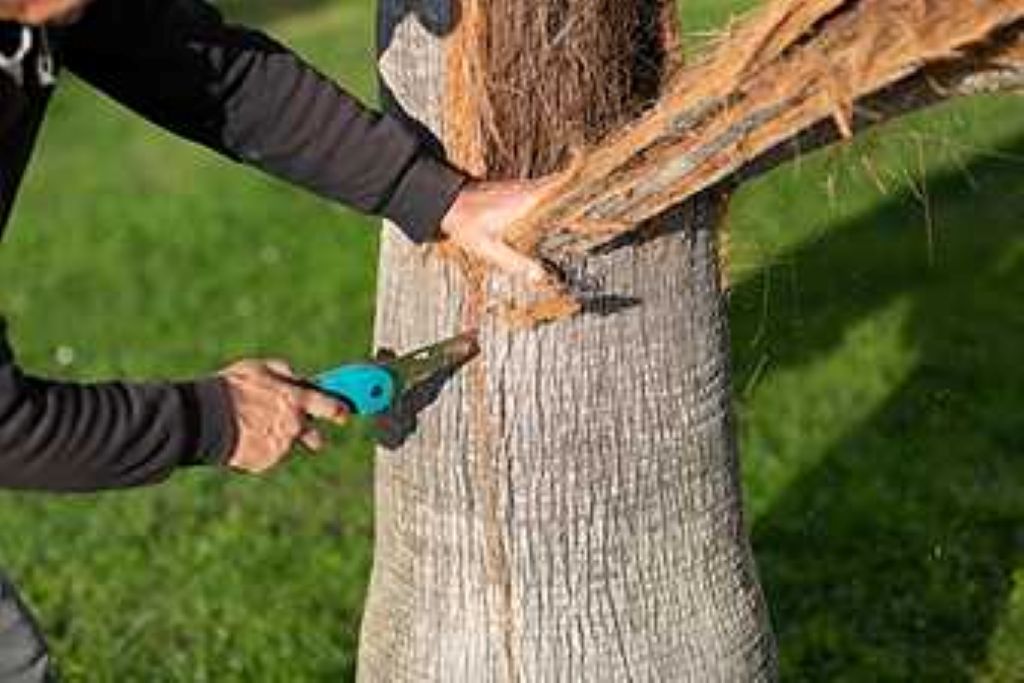Seed pods on palm trees are intriguing structures that serve an important role in the reproduction and dissemination of these iconic plants. These pods have a characteristic appearance, differing in size, shape, and color depending on the palm tree type. They hold the seeds required for palm tree propagation, and their design is strongly related to the tree’s evolutionary strategy for seed dissemination. This guide delves into the properties, uses, and significance of seed pods and how you can remove seed pods from palm trees.
Identifying Seed Pods
Begin by inspecting the plant. Examine its general look, including leaves, flowers, and any existing seed pods. Take note of the leaves and flowers’ shape, size, and arrangement. These characteristics can provide information about the plant family and may help you limit your options. If the plant is actively blossoming, the color and shape of the blooms might be distinctive and aid in identification. The flower’s remains produce a large number of seed pods.
Consider where you found the plant. Because different plants flourish in different conditions, the habitat can provide important information for identification.
Why Removing Seed Pods Is Important?
Preventing Overgrowth:
Some palm trees produce an abundance of seed pods, which can result in an abundance of seedlings growing around your property if left unchecked. This can lead to congestion and resource rivalry among the palm trees and other vegetation.
Maintaining Aesthetics:
Seed pods that accumulate on palm trees can give them an unkempt appearance, reducing the overall aesthetic attractiveness of your landscape. Regular removal contributes to a tidy and visually appealing garden or yard.
Preventing Invasive Spread:
Invasive palm tree species can damage local ecosystems and outcompete native plants. Removing seed pods from invasive plants helps to safeguard the local ecosystem and native plant populations.
Reduced Maintenance:
Cleaning up fallen seed pods from the ground can be a time-consuming operation. By proactively removing seed pods from palm trees, you eliminate the need for frequent cleanup, making landscape upkeep more manageable.
Allergen Reduction:
Some palm tree species produce allergenic pollen, which can trigger allergy reactions in sensitive individuals. Removing seed pods minimizes pollen release and hence helps to alleviate allergy-related symptoms.
Healthier Trees:
Removing surplus seed pods can improve the general health and vitality of palm trees by lowering the energy expended on seed production. This permits the tree to devote more resources to growth and maintenance.
Compliance with legislation:
In some regions, municipal legislation or standards may force property owners to maintain their palm trees and remove seed pods, especially if the trees are invasive or constitute a threat to neighboring properties.
Tools Needed to Remove Seed Pods from A Palm Tree
- Pruning Shears
- Pruning Saw
- Ladder
- Pruning Pole or Extension Pole
- Safety Gloves
- Safety Goggles
- Container (e.g., Bucket or Tarp)
- Trash Bags or Compost bins
Steps to Remove Seed Pods From Palm Trees
Timing:
To enhance the effectiveness of your seed pod removal, you must choose the correct time. Seed pods should be removed when they are grown but have not yet opened to release their seeds. Mature seed pods often turn brown or black in color and may exhibit indications of drying out.
Make a strategy:
Plan how to reach and remove the seed pods according to their height and accessibility. Check that your approach is safe, and consider enlisting the assistance of a companion for increased security, especially if you need to use a ladder.
Accurate Cutting:
Using your pruning shears or saw, make clean, accurate cuts as close to the base of the seed pods as feasible. Take care not to harm the tree or yourself during the chopping operation. For proper cutting, make sure your tools are sharp.
Collect the seed pods:
As you cut the seed pods, allow them to fall into a receptacle, such as a bucket, or onto a tarp strategically placed beneath the tree. This keeps seed pods from dispersing throughout your garden or landscape and makes cleanup easier.
Dispose of the Seed Pods:
Once you’ve successfully extracted all of the seed pods, gather them in your container and transfer them to trash bags for proper disposal. Leaving seed pods on the ground can attract pests or result in the growth of unwanted palms.
Repeat if necessary:
Some palm trees produce seed pods all year. Monitor your tree on a regular basis and repeat the removal process as needed to preserve a neat appearance and avoid seed distribution.
After removing the seed pods, take a moment to clean up any debris, fallen leaves, or small branches that may have accumulated throughout the removal procedure. Store your tools in a secure and organized manner for future use.
The Best Time to Remove Seed Pods
The optimal time to remove seed pods from palm trees is when the pods are grown but have not yet opened to release their seeds. Mature seed pods generally change color, sometimes turning brown or deeper, and may begin to dry out.
This scheduling ensures that the pods are ready for removal while avoiding seed dissemination, conserving the tree’s beauty, and reducing the likelihood of new palm tree development in undesirable regions.
It is critical to periodically examine your palm tree and remove seed pods as soon as possible to prevent excessive seed shedding and preserve a tidy and healthy landscape.
FAQS
When is the optimum time to remove seed pods from trees?
The best period is when the seed pods are grown but have not yet opened to discharge their seeds. Look for indicators such as color changes or drying out.
What tools do I need to remove seed pods?
Required instruments include pruning shears, a pruning saw, a ladder, a pruning pole, safety gloves, safety goggles, and a receptacle to collect the removed seed pods.
Is it necessary to remove seed pods from trees?
Yes, it is vital for a variety of reasons, including controlling overgrowth, maintaining aesthetics, and reducing the spread of invasive species. Regular removal benefits the health and look of your landscaping.
Can I compost the removed seed pods?
Seed pods from non-invasive plant species can be composted. To reduce the unintended spread of invasive species, avoid composting seed pods.
How often should I remove seed pods from trees?
The frequency varies according to the tree species. Because certain trees produce seed pods all year, constant monitoring and removal may be necessary.
Conclusion
Remove seed pods from palm trees is an important maintenance chore that contributes to the health and attractiveness of your landscape. By utilizing the right equipment and scheduling your efforts effectively, you can prevent overgrowth, improve aesthetics, minimize allergies, and contribute to a healthier atmosphere. Regular seed pod removal keeps your yard clean while preventing the spread of invasive tree species in your area.





